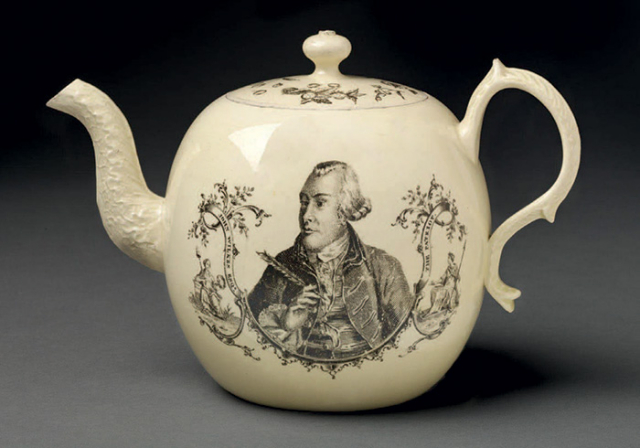Using eighteenth-century material culture to develop evidential thinking in Year 8
Teaching History article

Illumination or illustration? Using eighteenth-century material culture to develop evidential thinking in Year 8
It seems that teapots really can talk. Eleanor Dimond took her undergraduate experience of studying material culture into the classroom, with startling results. Historians of material culture have developed distinctive evidential methods which, in stark contrast to typical GCSE and A-Level approaches, see a strong interplay between analysis of the physical attributes of an object and analysis of its context. Dimond showed her pupils how to write the biography of an object – the story of its creation, use, transfer and disposal – by using both ‘object-driven’ and in ‘object-centred’ approaches. Pupils soon discovered that a teapot is a gateway to a social world. The implications for progression in evidential work are considerable. Perhaps, concludes Dimond (building on similar reflections from Fordham) we should focus on building knowledge of distinctive genres of source material and the distinctive evidential processes needed to study them...
This resource is FREE for Secondary HA Members.
Non HA Members can get instant access for £2.49

